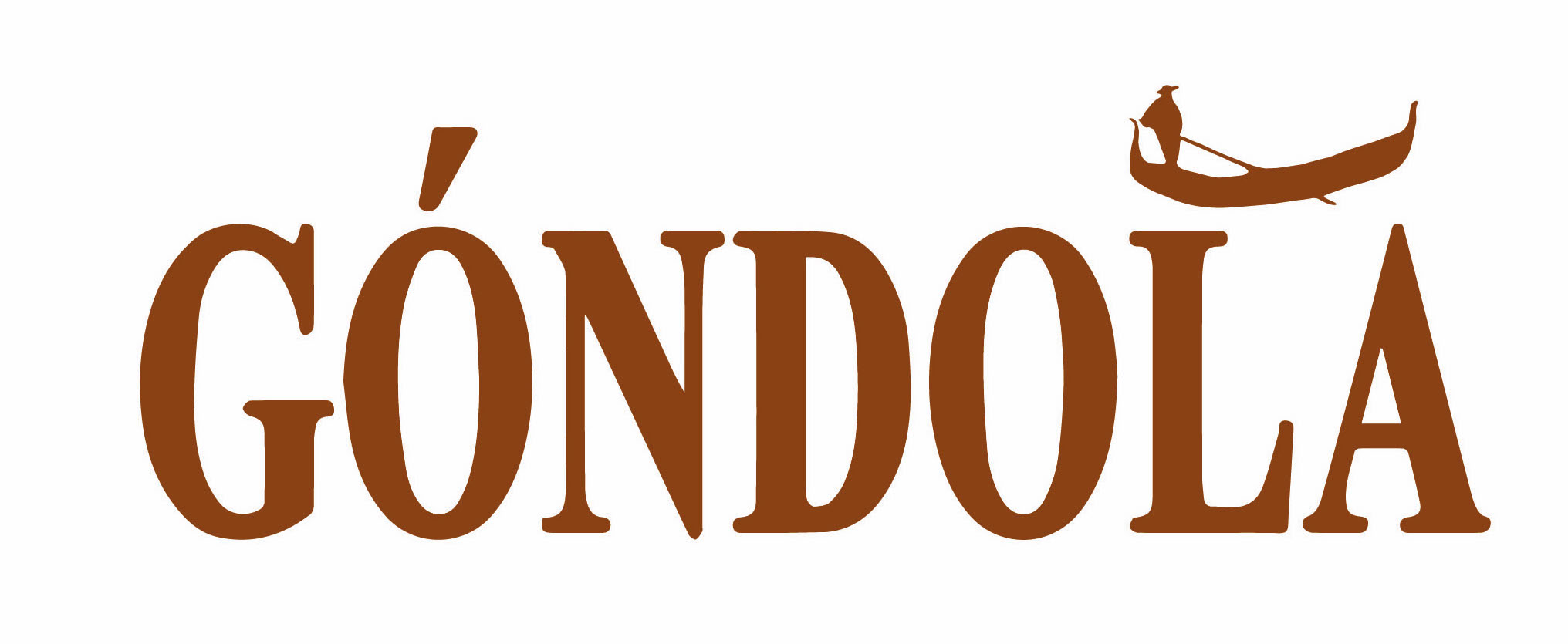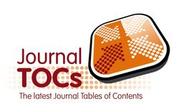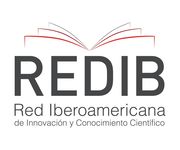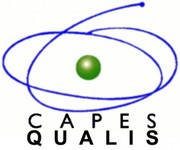DOI:
https://doi.org/10.14483/jour.gdla.2015.1.a02Published:
2015-01-01Un estudio de caso sobre errores y dificultades observadas en la elaboración de algunas gráficas estadísticas
A case study about errors and difficulties encountered in the development of some graphical statistics
Keywords:
difficulties, practice, statistical graphs (en).Keywords:
dificultades, gráficos estadísticos, práctica (es).Downloads
Abstract (es)
Se busca recuperar los resultados de una investigación llevada a cabo dentro la asignatura Práctica intermedia III, correspondiente al sexto semestre del proyecto curricular Licenciatura en Educación Básica con Énfasis en Matemáticas LEBEM, de la Universidad Distrital Francisco José de Caldas. Esta investigación se llevó a cabo a través de un estudio de caso, en el que se observó lo realizado por los estudiantes de grado quinto en la aplicación del instrumento de investigación; de igual forma, se llevó a cabo un análisis centrado en los errores y dificultades en la elaboración de gráficos estadísticos, que fueron realizados por niños entre diez y catorce años de edad. Además se tuvo en cuenta el desarrollo de los tres momentos por los que pasa el docente: una fase pre activa, interactiva y pos activa. Para organizar y analizar los resultados se realizó una clasificación en indicadores de análisis observables. Se consideraron varias tesis para la determinación de los niveles de comprensión de los gráficos, que permitieron identificar errores y dificultades frecuentes en la elaboración de los gráficos estadísticos, de igual forma se consultaron investigaciones anteriores.
Abstract (en)
It seeks to recover the results of research carried out within the intermediate Practice Course III, corresponding to the sixth semester Bachelor Curriculum Project Licenciatura en Educación Básica con Énfasis en Matemáticas LEBEM, of the University Distrital Francisco José de Caldas. This research was conducted through a case study, that it observed in fifth grade students with applying the research instrument; it was held focussing on the mistakes and difficulties in the development of statistical graphics, which were made by children between ten and fourteen years old. Additionally it took into account the development of the three stages through which passes the teacher: pre active, interactive and post- active. In order to organize and analyze the results was made a classification with analysis observable indicators. Several theses were considered for the determination of levels of understanding of graphics, which identified errors and frequent difficulties in the development of statistical graphics, with research previous that were consult.
References
Arteaga, P., Batanero, C., Ortiz, J. y Contreras, J. M. (2011). Sentido numérico y gráficos estadísticos en la formación de profesores. Publicaciones, 41, 33-49.
Arteaga, P. y Batanero, C. (2010). Evaluación de errores de futuros profesores en la construcción de gráficos estadísticos. En M. Moreno, A. Estrada, J. Carrillo y T. Sierra (Eds.). XII Simposio de las Sociedad Española de Investigación en Educación Matemática (pp. 211-221). Lleida: SEIEM.
Arteaga P., Batanero C., Díaz C. y Contreras J. (2009). El lenguaje de los gráficos estadísticos. Recuperado de http://www.fisem.org/web/ union/revistas/18/Union_018_012.pdf
Arteaga, J. (2007). Evaluación de conocimientos sobre gráficos estadísticos y conocimientos didácticos de futuros profesores. Granada: Universidad de Granada.
Arteaga. P, Batanero. C, Cañadas. G y Contreras. M, (2010). Las tablas y gráficos estadísticos como objetos culturales. Granada: Universidad de Granada.
Batanero, C, Godino, D. R. Green, Colmes P. y Vallecitos A. (S.f.). Errores y dificultades en la comprensión de los conceptos estadísticos elementales. Internation Journal of Mathematics Education in Science and Technology, 25(4), 527-547.
Curcio, F. R. (1989). Developing graph comprehension. Reston.VA.: N.C.T.M.
Gal, I. (2002). Adult's Statistical Literacy: Meaning, Components, Responsibilities. International Statistical Review, 70(1), 1-25.
Gil, D. y Rocha, P. (2010). Contexto escolar y la educación estadística. El proyecto de aula como dispositivo estadístico. Curso dictado en 11° Encuentro Colombiano Matemática Educativa (7 al 9 de Octubre de 2010). Bogotá, Colombia.
Godino J. y Batanero, C. (2002). Estocástica y su didáctica para maestros. Granada: Universidad de Granada. Recuperado de http://www.ugr. es/~jgodino/edumat-maestros/manual/6_ Estocastica.pdf
Godino, J. (2003). Teoría de las funciones semióticas. Un enfoque ontológico semiótico de la cognición e instrucción matemática. Universidad de Granada: servicio de reprografía de la Facultad de Ciencias. Granada-España.
Grupo DECA. (1992). Orientaciones para el diseño y elaboración de actividades de aprendizaje y evaluación. Revista Aula, 6, 33- 39.
Li, D. y Shen, S. (1992). Students’weaknesses in Statistical Projects. Teaching Statistics, 14(1), 2-8.
Llinares, S. (2000). Intentando comprender la prác¬tica del profesor de matemáticas. En J. Ponte y L. Serrazina (Eds.). Educaçao matemática en
Portugal, Espanha e italia. Acta da Ecola de Verao-1999 (pp. 109-132). Sociedade de Edu¬caçao Matemática da Sociedade Portuguesa de Ciencias de Educaçao. Universidad de Se¬villa, España
Lurduy, O., Guerrero, F., y Sánchez, N. (2006). La práctica docente a partir del modelo DECA y la teoría de situaciones didácticas. En Martínez, Gustavo (Ed.), Acta Latinoamericana de Matemática Educativa (pp. 598-603). México DF, México: Comité Latinoamericano de Matemática Educativa A. C.
Martínez, M. (2006) La investigación cualitativa (Síntesis conceptual). Revista de investigación en psicología, 9(1), 123-146.
Moreno, L. (2002) Cognición y computación, el caso de la geometría y la visualización. Memorias del Seminario Nacional de formación de Docentes: Uso de nuevas Tecnologías en el Aula de Matemáticas. Ministerio de Educación Nacional. En: El aprendizaje de la geometría. (pp. 9-18). Bogotá: MEN.
Nortes, A. (1993). Estadística teórica y aplicada. Barcelona: PPU.
Soto, O. y Pacheco, P. (2003). Investigaciones sobre razonamiento estadístico y dificultades de aprendizaje. XIX Coloquio distrital de matemáticas y estadística. Bogotá D.C.: Universidad Nacional de Colombia.
Wainer, H (1992). Understanding graphs and tables. Educational Research, 21(1), 14.23.
Romberg, T., ed. (1992), Mathematics Assessment and Evaluation: Imperatives for Mathematics Education, Albany: State University of New York Press.
Yacuzzi, E. (S.f). El estudio de caso como metodología de investigación: teoría, mecanismos causales, validación. Universidad del CEMA. Buenos Aires, Argentina.
Yin, R. K. (1994). Case study research: Design and methods (2nd ed.). Newbury Park, CA: Sage Publications.
How to Cite
APA
ACM
ACS
ABNT
Chicago
Harvard
IEEE
MLA
Turabian
Vancouver
Download Citation
License
Gondola, Ens Aprend Cienc. is an open-access publication, free of charge for authors and readers. The publication, consultation or download of the contents of the magazine does not generate any cost for the authors or the readers, since the Francisco José de Caldas District University assumes the expenses related to edition, management and publication. The peer evaluators do not receive any economic retribution for their valuable contribution. The work of all the actors mentioned above is understood as a contribution to the strengthening and growth of the research community in the field of Science Education.
As of December 1, 2018 the contents of the journal are published under the terms of the Creative Commons License Attribution-Noncommercial- ShareAlike 4.0 International (CC-BY-NC-SA 4.0), under which others may distribute, remix, retouch, and create from the work in a non-commercial way, give credit and license their new creations under the same conditions.
The copyright holders are the authors and the journal Gondola, Ens Aprend Cienc. The holders retain all rights without restrictions, respecting the terms of the license in terms of consultation, downloading and distribution of the material.
When the work or any of its elements is in the public domain according to the applicable law in force, this situation will not be affected by the license.
Likewise, we encourage authors to deposit their contributions in other institutional and thematic repositories, with the certainty that culture and knowledge is a good of all and for all.




















